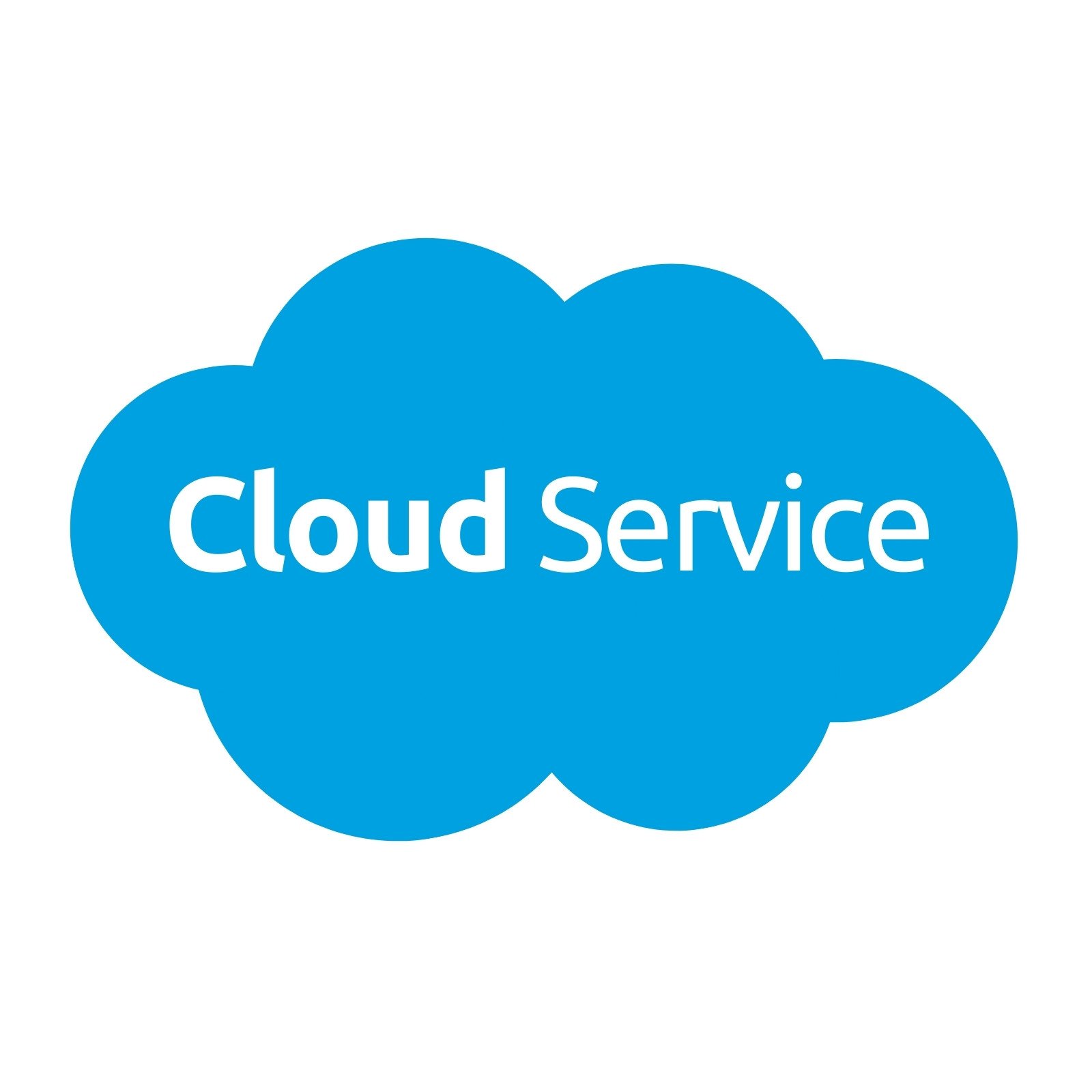Drive Innovation: Taking Advantage Of the Power of Cloud Services
In the hectic landscape of modern-day organization, harnessing the power of cloud services has actually ended up being a crucial aspect for organizations aiming to drive innovation and preserve an one-upmanship. The capacity to range resources dynamically, embrace innovative modern technologies flawlessly, and simplify growth procedures efficiently can substantially impact a company's capacity to adapt and introduce. As we discover the detailed partnership in between cloud solutions and innovation, intriguing insights on just how cloud services change typical company practices and lead the way for groundbreaking innovations will be disclosed.
Benefits of Cloud Provider
Cloud services provide countless advantages to people and companies looking for effective and flexible remedies for their digital demands. Among the vital benefits of utilizing cloud services is the cost-effectiveness they offer. By relocating to the cloud, organizations can get rid of the demand for expensive on-premises hardware and maintenance costs, instead going with a pay-as-you-go version that lines up with usage. This scalability allows businesses to change sources based on need, leading to optimum price administration.
Moreover, cloud solutions enhance accessibility and partnership among groups. With information stored in the cloud, workers can firmly access files and applications from anywhere with a web connection, advertising remote work abilities and boosting performance. Real-time cooperation functions allow numerous customers to service records all at once, fostering smooth team effort despite physical place.
One more advantage of cloud solutions is the enhanced information safety and security and calamity recuperation they use. Cloud suppliers apply advanced safety and security measures to safeguard data from cyber risks, guaranteeing conformity with sector regulations. Furthermore, automated back-ups and recovery options decrease the danger of data loss due to unpredicted occasions, giving satisfaction to users.
Cloud Movement Approaches
Transitioning to shadow services involves careful planning and tactical implementation to ensure a smooth and reliable movement process. There are several cloud migration approaches that organizations can consider when moving their operations to the cloud. One common approach is the 'Rehost' method, where applications are lifted and moved to the cloud with marginal adjustments. This method is quick but might not fully enhance cloud advantages. The 'Replatform' technique involves making some cloud optimizations during migration, such as upgrading the application style to make use of cloud-native features. linkdaddy cloud services. For an extra extensive transformation, the 'Refactor' approach entails rearchitecting applications to be cloud-native, improving scalability and performance. Additionally, the 'Repurchase' approach entails changing existing software program with cloud-based options, while the 'Retire' technique entails decommissioning repetitive applications. Picking the appropriate migration strategy depends upon aspects like cost, timeline, and wanted outcomes, calling for a cautious analysis of each alternative's advantages and challenges.
Enhancing Partnership in the Cloud
Enhancing team cooperation with cloud-based tools can dramatically increase productivity and improve interaction within organizations. By leveraging cloud services, teams can function together seamlessly no matter of their physical locations, allowing real-time collaboration on tasks. Cloud-based interaction devices such as Slack, Microsoft Teams, or Google Work space give a centralized system for team participants to share files, exchange ideas, and coordinate jobs effectively. These tools supply functions like instantaneous messaging, video clip conferencing, data sharing, and project administration, improving teamwork and lowering dependence on conventional communication approaches like emails.

Security Considerations for Cloud Fostering
Just how can companies guarantee the durable safety of their data when adopting cloud services? Protection considerations are vital in the adoption of cloud solutions. To safeguard information, companies should first perform a detailed danger evaluation to determine possible susceptabilities and dangers. Applying solid security methods for data both in transit and at rest is crucial. Access control devices should be implemented to limit unauthorized entrance, and multi-factor authentication can add an additional layer of security. Regular safety audits and surveillance of the cloud environment aid in finding and mitigating any type of protection breaches promptly.
Cloud-Native Technology Practices
In the world of cloud computing, welcoming linkdaddy cloud services cloud-native innovation methods is crucial for organizations striving to enhance their digital infrastructure and enhance functional performance. Cloud-native advancement practices entail establishing applications specifically for cloud environments, leveraging the scalability, flexibility, and agility that cloud solutions provide. By designing applications with cloud-native concepts in mind, such as microservices architecture, containerization, and orchestration, companies can simplify their advancement procedures, improve source utilization, and react better to altering market needs.
Moreover, cloud-native development techniques promote continuous combination and continuous shipment (CI/CD) pipelines, allowing automated screening, deployment, and tracking of applications. This repetitive method cultivates faster advancement cycles and enhances general software program quality. Furthermore, making use of serverless computing and managed solutions enables organizations to concentrate on creating core business performances while unloading framework management jobs to cloud provider.
Basically, welcoming cloud-native innovation practices equips organizations to drive advancement, accelerate time-to-market, and stay competitive in today's quickly progressing digital landscape.
Conclusion

As we discover the complex connection between cloud services and development, interesting understandings on just how cloud solutions revolutionize traditional business practices and lead the method for groundbreaking improvements will be exposed. - linkdaddy cloud services
There are numerous cloud migration approaches that organizations can consider when moving their operations to the cloud. Cloud-native development methods entail creating applications especially for cloud settings, leveraging the scalability, versatility, and agility that cloud solutions offer. In addition, the use of serverless computing and managed solutions enables organizations to concentrate on creating core organization capabilities while unloading facilities monitoring tasks to cloud solution companies.
It is imperative for firms to think about cloud movement methods, enhance cooperation in the cloud, and prioritize security actions to ensure effective adoption of cloud solutions and drive development within their organization.